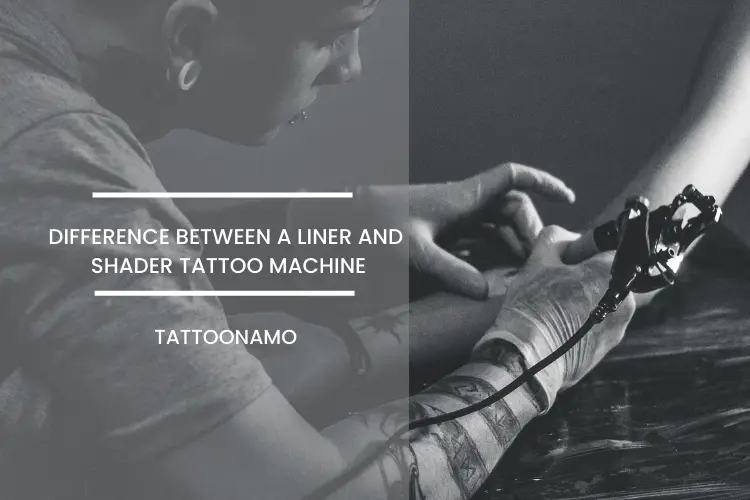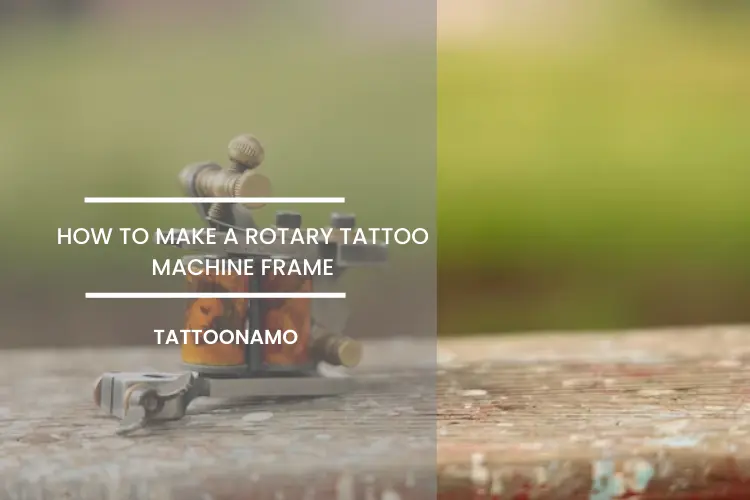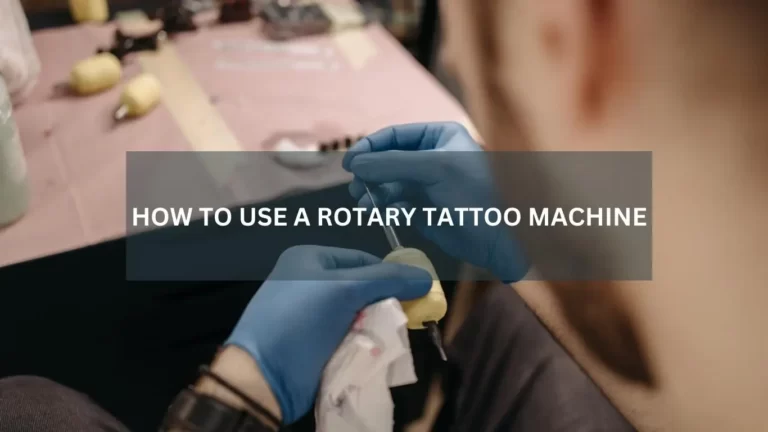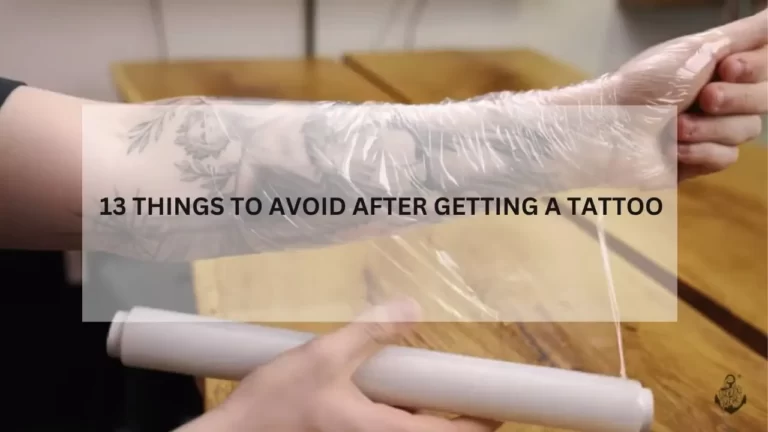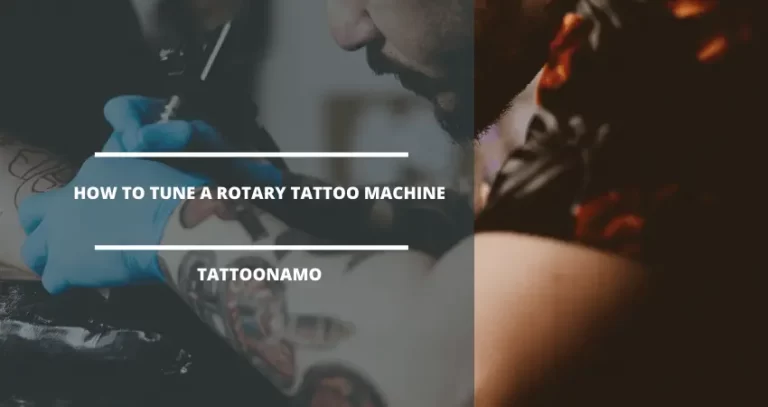How to Clean a Rotary Tattoo Machine
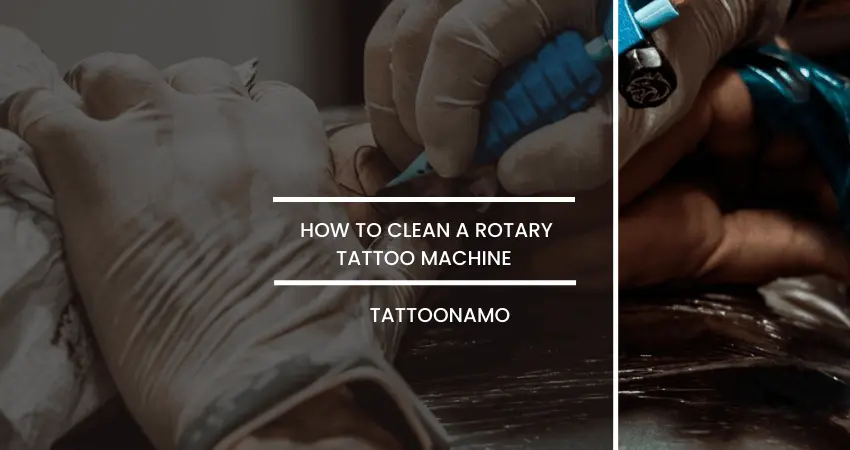
A tattoo machine is an essential tool for tattooing, and a clean machine is safe for both customers and tattoo artists. Therefore, you must pay special attention to it how to clean rotary tattoo machine, whether you are using a coil or rotary tattoo machine and you should know how to clean rotary tattoo machine. A tattoo machine is repeatedly used on different customers. That’s why cleaning and sterilization are vital.
To keep bacteria and germs from spreading and avoid cross-contamination between your customers, always cover your tattoo machine and clean it after each session. This article will explain how to clean a rotary tattoo machine.
How to Clean Rotary Tattoo Machine?
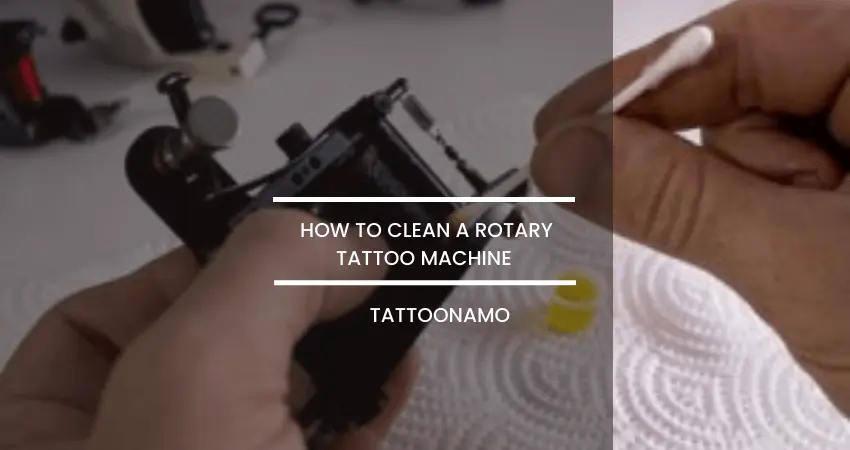
This article will tell you how to clean a rotary tattoo machine. It’s essential to avoid any cross contamination and germ spreading. Besides that, a well-maintained and clean tattoo machine might be durable and need less repair and maintenance.
Cover a rotary tattoo machine
Always cover the machine with plastic to avoid contamination by blood and other liquids. For an angled rotary machine, you can use classical machine bags, while for pen style machine, you can use a fitting clip cord sleeve. Don’t forget to cover the grip if you are not using disposable grips. Seal the plastic bag with the help of a cohesive bandage or rubber band.
Unnecessary to say, keep these items in a drawer to keep them from being contaminated.
When you cover a rotary tattoo machine with a plastic bag, you prevent germs from spreading and contamination, and you don’t have to put much effort into cleaning the device. If you cover a tattoo machine during sessions and ensure it doesn’t come in contact with any blood or liquids, you don’t have to sterilize it after every session. But cleaning is a must after every session even though it’s been sealed in a plastic bag.
Remember to use a new plastic bag for new customers and change your gloves. Also, clean your workplace after every session. If you found the plastic bag broken or leaked, you need to clean and sterilize the machine after the session. If the nag isn’t leaked and broken, we still recommend sterilizing the machine after every session to eliminate the risk of contamination.
Clean a tattoo machine
After the session, you should mechanically clean the machine with the help of disinfectants and paper tissues. For this purpose, disassemble your machine and put all parts in front of you. For cleaning, always use new pair of medical gloves.
Now thoroughly wipe all parts of the machine. Remember to clean the assessable inside parts of the machine and also the grip of the machine. Cleaning these parts is very tricky, and you must be careful. You should use a cotton-tipped applicator to clean every corner of the tattoo device.
After thoroughly cleaning, the machine should look clean and shiny without any dirt or stains. Point to remember that your tattoo machine is clean and not yet sterilized. You need to sterilize it for using it for the next customer.
Disinfect a tattoo machine
After you finish the mechanical cleaning of the rotary tattoo machine, it’s your turn to disinfect it. For this purpose, use any disinfectant spray of your choice, spray it on all parts of the device, and let it dry for about 10 minutes. After the machine, repeat the same process with all equipment.
You must wear fresh pair of medical gloves for every piece of equipment. After the disinfectant, you can now use the alcoholic solution to wipe off any residuals of disinfectants. You should use paper tissue for this purpose. Your rotary tattoo machine is now disinfected.
Don’t forget, and you should disinfect your machine and all the equipment you use during a session. The equipment includes cable, grips, tubes, and a power supply.
Autoclave the equipment
An autoclave is the safest way to avoid contamination and spreading viruses and bacteria. The autoclave reduces the risk of contamination to a very low degree (0.0001%). The autoclave sterilizes the parts with high pressure, steam and heat.
You can put all the parts and equipment in an autoclave but can’t put the tattoo machine because the motor cannot take this combination. But if you remove the motor of the machine, you can autoclave the body parts. And if you can’t remove the motor, use the cold sterilization method.
Sterilize A Tattoo Machine
You can use an ultrasonic cleaner if you don’t have an autoclave. Instead, these ultrasonic uses high frequencies in combination with chemical cleaning solutions to eliminate the infection.
A chemical bath is another method of cold sterilization. The chemical bath method takes about 8 to 24 hours to work but is an excellent method to satirize and make your equipment useable for the next customer.
Unfortunately, these methods are not as efficient as autoclaves, but if you don’t have an autoclave, you should pay extra attention to disinfecting and sealing your machine. The use of a disposable grip is also an excellent option to avoid spreading any infection.
FAQs
Conclusion
In this article, we have explained how to clean rotary tattoo machines. Not only cleaning, but we have also described how to disinfect and sterilize the machine.
Hygiene is essential for any tattoo artist and should not be avoided at any cost. If a tattoo artist compromises the hygiene of his tattooing equipment and workplace, his customer’s health is at higher risk. Not only is the risk at stake, but the artist’s reputation also.
We hope you have learned how to clean rotary tattoo machines and will apply the above procedure for cleaning your machine and equipment.

